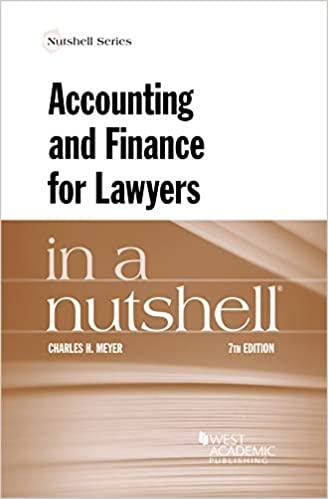
John is a Minnesotan arable farmer with 60 hectares of land. His main crop is consumption potatoes. His total assets are worth $3,600.000, and he has a loan outstanding of $750,000 over which he pays 6% interest. Their return on assets for this year was $150,000 and he had to pay $21,000 in taxes. Their family consumption rate is 30%. Assets = $3,600,000 Liabilities = $750,000 Equity = 3,600.000 - 750,000 = $2,850,000 Interest rate = 6% Interest = $45,000 ROA = $150,000 Taxes - $21,000 Consumption rate = 30% John also knows that the current interest rate of 6% may vary. He looked at the interest rates the past 15 years and discovered that in 6 out of 15 years the interest rate was 4%, in 3 out of 15 years 6% and in the remaining years the interest rate was 8%. 8. How would you call the variation in interest rate? What other sources of variation cause this kind of risk? 9. Determine John's growth of equity under risk. 10. Determine the standard deviation and coefficient of variation considering both types of risk. 11. What would happen if variation in ROA and variation in interest rate were positively correlated? And in the case when they were negatively correlated? 1 John is a Minnesotan arable farmer with 60 hectares of land. His main crop is consumption potatoes. His total assets are worth $3,600.000, and he has a loan outstanding of $750,000 over which he pays 6% interest. Their return on assets for this year was $150,000 and he had to pay $21,000 in taxes. Their family consumption rate is 30%. Assets = $3,600,000 Liabilities = $750,000 Equity = 3,600.000 - 750,000 = $2,850,000 Interest rate = 6% Interest = $45,000 ROA = $150,000 Taxes - $21,000 Consumption rate = 30% John also knows that the current interest rate of 6% may vary. He looked at the interest rates the past 15 years and discovered that in 6 out of 15 years the interest rate was 4%, in 3 out of 15 years 6% and in the remaining years the interest rate was 8%. 8. How would you call the variation in interest rate? What other sources of variation cause this kind of risk? 9. Determine John's growth of equity under risk. 10. Determine the standard deviation and coefficient of variation considering both types of risk. 11. What would happen if variation in ROA and variation in interest rate were positively correlated? And in the case when they were negatively correlated? 1







